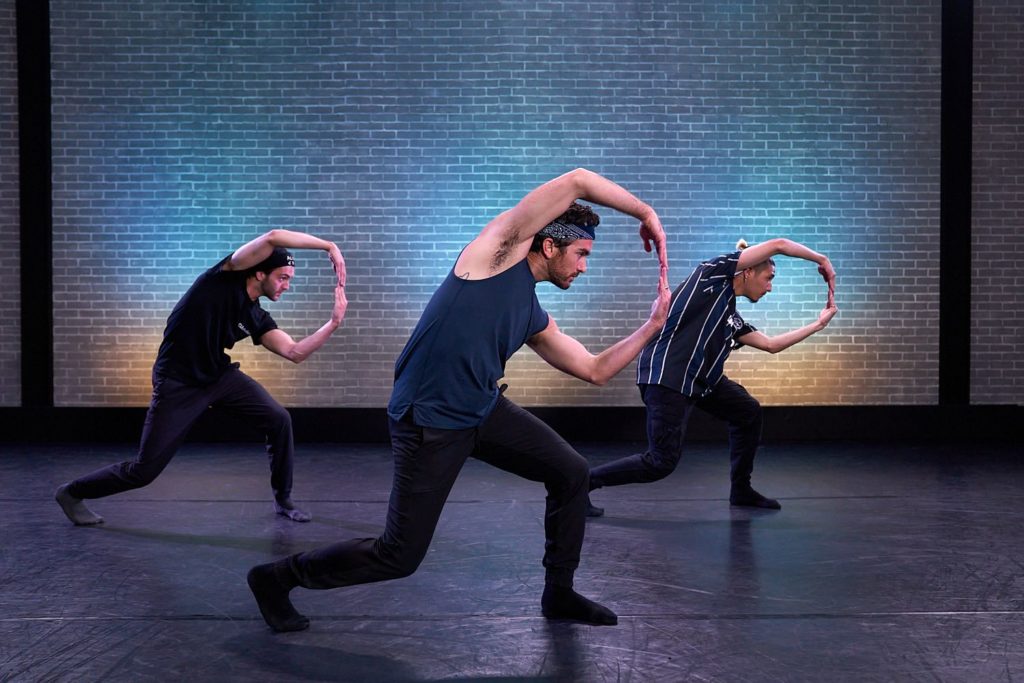Contemporary dance is one of the most popular forms of the performing arts, with companies around the world making exciting new productions every year. But where did this dynamic, eclectic, and widely expressive powerhouse come from? Here’s a quick history, from its rebellious origins in the early 20th century to its constantly reinventive state in today’s scene.
Tired of Tradition
One of the first people recognized as a tremendous early influence on the development of contemporary dance is the American dancer Isadora Duncan. Born into a wealthy family of San Francisco bankers in 1877, the family’s fortunes drastically changed when her parents divorced when Isadora was still a child. Raised by a single mother, Isadora and her siblings had to make ends meet as teenagers by teaching dance to children. It was during this time that the untrained Isadora began experimenting with improvisation and spontaneous movement, as having very young students allowed her an unusual degree of freedom. After training as a young adult in American ballet and theatre companies, Isadora moved to Europe to pursue her more avant garde tastes. It was there that she found success in the upper echelons of society and was able to rent studios in which to hone her craft and eventually open her first dance school in Berlin in 1904.
She eventually returned to America where her improvisational style inspired by classical Greek art swept up audiences and students who were clamoring for a new mode of movement that was informed by and building on the exciting artistic milieu of the budding new century. By the time of her tragic death in an automobile mishap at the age of 50, she had cemented her legacy as a spark that had lit a new revolution: modern dance.
Brand New Forms
With modern dance’s departure from the rigid structure of ballet came a vast and undiscovered world of new movements as a means of expressing ideas which were–like modern music and art–more abstract and complex than their cultural forebears. This cutting edge soon became dull, however, as some artists looked for a synergy between the “high art” world of ballet and avant-garde modern dance, motions that were more approachable, of the people, and inspired by the prevailing jazz music scene of the mid-century. Merce Cunningham, a student of the massively influential modern American dance choreographer Martha Graham, worked to forge a style that was full of new movements incorporating the entire body which could divorce themselves from the music and narrative entirely to exist in their own right. Along with his partner the composer John Cage, Cunningham not only expanded what was possible in terms of the range of motion but also showed that the pace and speed of execution of these new movements could be explosively spontaneous.
Cross-Cultural Expressions
During the same time that Merce Cunningham was developing his methods, other people were working to bring to the world of dance a perspective which had previously not been allowed a place in mainstream western culture. The African American choreographer Alvin Ailey married the Graham technique with black music, particularly gospel spirituals, to build a lyrical ambience in his productions that expressed modern dance from a distinctly African American perspective. His groundbreaking work added to the cultural vocabulary of modern dance, which in turn further influenced the ongoing development of contemporary dance and expanded its cultural lexicon. In Japan the dancers and choreographers Tatsumi Hijikata and Kazuo Ohno combined elements of classic Japanese theater with modern dance to form the hauntingly absurdist dance style known as Butoh. Europe also saw innovation after World War Two, where the Czech choreographer Jarmila Jeřábková and the German Pina Bausch created expressionist styles which drew upon their respective country’s rich dancehall,music, and theatrical histories. All of these creators took inspiration from the legacy of their individual cultures to expand the borders of what was possible in the world of contemporary dance.
Contemporary Dance Today
The term is so broad and the expressions involved are so vast in their variations that contemporary dance can seem like an almost impossible to define formation: Like a dense jungle of meaning and motion. This doesn’t hurt it though, as contemporary dance is by design and definition a moving target, a near contradiction that is both constantly reinventing itself and yet still drawing from its own past. There are theatrical companies, experimental companies, companies with productions where the dancers perform barefoot or even nude, productions where the dancers wear street clothes and pointe shoes. Contemporary dancers spend years perfecting their sense of time, their use of space, their flow, the friction and weight which is portrayed by their actions. A contemporary dancer’s body use differs from that of a ballet dancer: their face conveys more expression, their neck, shoulders, and torso move in accentuated and fluid motions. They can create textures that reflect the music itself, or move entirely away from the music to showcase the human form on its own. Choreographers like William Forsythe, Crystal Pite, or Raja Feather Kelly can create large ballet-inspired productions with huge casts or small minimalist works based around a single soloist. The movement can be as recognizable as it is surreal. Like an active volcano, contemporary dance is a landmark form that is tirelessly building on its own foundations.

